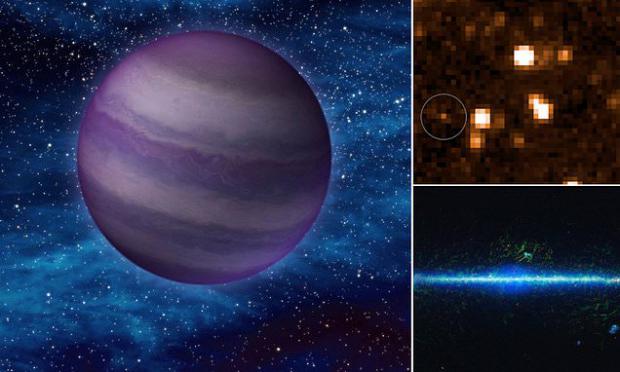
Breaking News
 $11 Trillion Quietly Moved - Americans Will Freeze & Obey When Market Collapse Hits : Chase Hughes
$11 Trillion Quietly Moved - Americans Will Freeze & Obey When Market Collapse Hits : Chase Hughes
 Econ 101 - 2026 Early Economic Forecast
Econ 101 - 2026 Early Economic Forecast
 Buy'r breaks the Blackrock monopoly- How the corporate club controls America
Buy'r breaks the Blackrock monopoly- How the corporate club controls America
 An AI Expert Warning: 6 People Are (Quietly) Deciding Humanity's Future! We Must Act Now!
An AI Expert Warning: 6 People Are (Quietly) Deciding Humanity's Future! We Must Act Now!
Top Tech News
 Build a Greenhouse HEATER that Lasts 10-15 DAYS!
Build a Greenhouse HEATER that Lasts 10-15 DAYS!
 Look at the genius idea he came up with using this tank that nobody wanted
Look at the genius idea he came up with using this tank that nobody wanted
 Latest Comet 3I Atlas Anomolies Like the Impossible 600,000 Mile Long Sunward Tail
Latest Comet 3I Atlas Anomolies Like the Impossible 600,000 Mile Long Sunward Tail
 Tesla Just Opened Its Biggest Supercharger Station Ever--And It's Powered By Solar And Batteries
Tesla Just Opened Its Biggest Supercharger Station Ever--And It's Powered By Solar And Batteries
 Your body already knows how to regrow limbs. We just haven't figured out how to turn it on yet.
Your body already knows how to regrow limbs. We just haven't figured out how to turn it on yet.
 We've wiretapped the gut-brain hotline to decode signals driving disease
We've wiretapped the gut-brain hotline to decode signals driving disease
 3D-printable concrete alternative hardens in three days, not four weeks
3D-printable concrete alternative hardens in three days, not four weeks
 Could satellite-beaming planes and airships make SpaceX's Starlink obsolete?
Could satellite-beaming planes and airships make SpaceX's Starlink obsolete?
Meet 'The Accident': NASA shares footage of mysterious and 'incredibly rare'...

NASA has shared footage of an 'incredibly rare' brown dwarf that could be up to 13 billion years old, named 'The Accident' after being discovered by chance.
A brown dwarf is a mysterious object that sits somewhere between a gas giant planet and a small star, but without the size to fuse hydrogen like a star would.
There might be more of these unusual 'stars' lurking in our galaxy than previously thought, according to a study by astronomers at Caltech in Pasadena, California.
Named WISE 1534–1043, it is 50 light years from the Earth and doesn't resemble any of the 2,000 brown dwarfs found in our galaxy so far, the NASA researchers said.
It is faint in some wavelengths of light, bright in others, and hurtling around the Milky Way at half a million miles per hour - faster than any other local brown dwarf.
The unusual light make-up and speed helped the team determine it is between 10 and 13 billion years old - double the average age of other known brown dwarfs and dating to when the Milky Way was very young and had a different chemical makeup.
This suggests they have been around in the Milky Way since the earliest days and meaning there could be more than first thought, with a hidden population of up to 100 billion brown dwarfs floating in interstellar space.
The brown dwarf was accidentally discovered via the Wide-field Infrared Survey Explorer (NEOWISE) by citizen scientist Dan Caselden, who was using an online program he built to find these objects in data gathered by the telescope.

 First totally synthetic human brain model has been realized
First totally synthetic human brain model has been realized Mach-23 potato gun to shoot satellites into space
Mach-23 potato gun to shoot satellites into space

